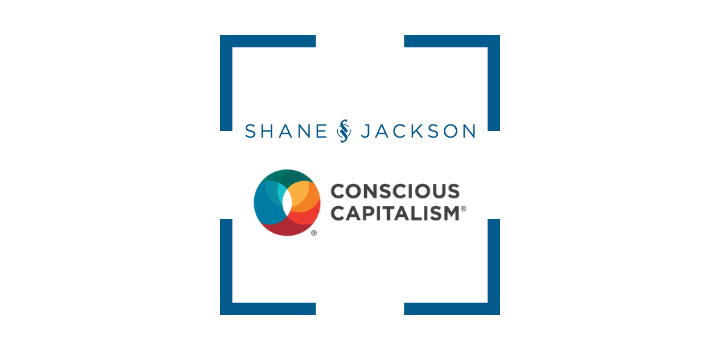This article was originally published by Fast Company here.
During the settling of the American West, pioneers would hire guides to lead them across the prairies and mountains to unchartered, available land. These guides had to match their knowledge of the weather, potential threats, and the difficulty of each possible route with the capabilities and limitations of the settlers to determine the best way to go.
Like those early guides, the essential function of a modern-day leader is to articulate a destination and the path to “get there.” Said using more typical terms, a leader’s job is to craft a vision and strategy for their business to achieve its goals.
Strategy is one of those concepts that most people feel like they understand, but few can articulate. At its most basic form, strategy is simply answering the question of how you will win, or how you will achieve your vision. What route will you take to reach the destination?
Deciding on a route requires understanding the landscape, the environment, and your own capabilities. The shortest path from here to there may be over a mountain, but unless you have a serious 4×4 vehicle, that probably won’t work. If there is a lot of congestion along a route, you’ll want to go a different way, so it helps to know traffic and weather patterns. Maybe we shouldn’t fly through that storm.
Similarly, deciding on a strategy requires understanding your market—customers, competitors, and suppliers—and understanding your internal organizational capabilities, as well. For example, you may believe that the best way to achieve your vision is through the development of new technology, but if you don’t have technical expertise, you either need a new strategy or a new team.
The market isn’t static, so our strategy shouldn’t be either. We should constantly evaluate the market and our organizations to assess when we need to alter our route or the capabilities needed to traverse a route.
Following are three habits to keep your strategy sharp:
1. GET THE OUTSIDE VIEW
There is an episode of The West Wing (one of my all-time favorite shows) in which two of the president’s top aides are presented with an upside-down map of the world.
“Why not?” the cartographer answers.
“Because it’s freaking me out,” replies the aide.
Our place in the world impacts the way we see the world. When the world is viewed from someone else’s perspective, it often appears very different. Don’t assume that your customers and competitors see the world the way you do. Regularly put yourself in positions to view your market (and your business) from different viewpoints, so you can better understand how other people see the problems you’re attempting to solve.
2. SPEND TIME ON THE FRONT LINES
The view that the general has from a satellite image is very different than what is seen by the people on the front lines. The larger your organization and the higher up the leadership chain you go, the less likely it is for you to spend time actually doing the work that delivers your product or service.
3. TEST AND LEARN
Years ago, I was meeting with a leader who was bragging about how all of their company initiatives were working and delivering the results they expected. He was understandably proud, but I burst his bubble when I pointed out that if they weren’t doing anything that was failing, then it meant that they weren’t innovating. Innovation necessarily involves experimentation, and experimentation, by design, involves failure. For a business of their size, they should have had a constant stream of “test-and-learn” experiments—some of which will involve failures with vital lessons that will make it stronger.
Like the guides who helped early settlers, we as leaders must remember that our jobs are to guide our teams to a desired destination. We must ensure everyone knows where we are going and continually evaluate the possible routes to get there. We must constantly evaluate what’s going on around us and the capabilities of those we lead to determine the path most likely to be successful. Sometimes that’s the road less traveled.



